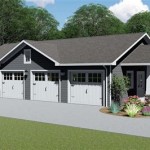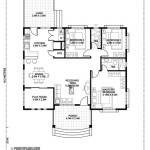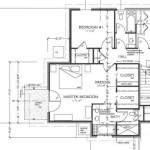Essential Aspects of Architectural Scale For Site Plan
Architectural scale plays a crucial role in creating visually pleasing and functional site plans. It refers to the proportional relationship between the various elements of a design, including buildings, landscaping, and infrastructure. Understanding and applying architectural scale is essential for ensuring that the site plan harmonizes with the surrounding environment and meets the needs of the users.
There are several key aspects to consider when determining the appropriate scale for an architectural site plan:
1. Building Size and Massing:
The size and massing of buildings should be proportionate to the overall scale of the site. Larger buildings should occupy a dominant position, while smaller structures should complement them without overpowering the site.
2. Site Topography:
The topography of the site can influence the scale of the design. A sloping or uneven site may require the use of terraces or retaining walls, which can create varying levels of scale within the site plan.
3. Landscaping and Hardscaping:
Landscaping elements, such as trees, plants, and water features, can either enhance or diminish the perceived scale of the site. Large trees can create a sense of grandeur, while smaller plants can add intimacy and detail.
4. Circulation and Access:
The scale of circulation and access routes should be appropriate for the size and function of the buildings on the site. Wide paths and driveways can suggest a grander scale, while narrower walkways create a more intimate ambiance.
5. Visual Balance and Harmony:
Achieving visual balance and harmony is essential for a successful site plan. The scale of the various elements should complement each other to create a cohesive and aesthetically pleasing design.
6. Human Scale:
It is crucial to consider the human scale when determining the proportions of various elements. Spaces should be designed to be comfortable and accessible for people of all ages and abilities.
7. Contextual Factors:
The scale of the site plan should be responsive to the surrounding context. It should harmonize with the scale of adjacent buildings, streets, and natural features.
By paying attention to these essential aspects, architects and designers can create site plans that are visually appealing, functional, and in harmony with their surroundings. Architectural scale is a powerful tool that can transform a site plan from a mere layout into a captivating and memorable landscape.

Understanding And Using Architectural Scales Archdaily

Understanding And Using Architectural Scales Archdaily

What Is An Architectural Site Plan

Understanding And Using Architectural Scales Archdaily

Vector Scale Bars Free Now Post Digital Architecture

Free Cad Blocks Scale Bars Architectural Bar

How To Read Drawing Scales Mep Academy

1 500 200 Architectural Scale Center For Limnology Divided Water In Chicago By Andrew Mcgee Gsd Platform401
How To Draw ¼ 1 Scale For A Floor Plan Quora

How To Read A Floor Plan
Related Posts








